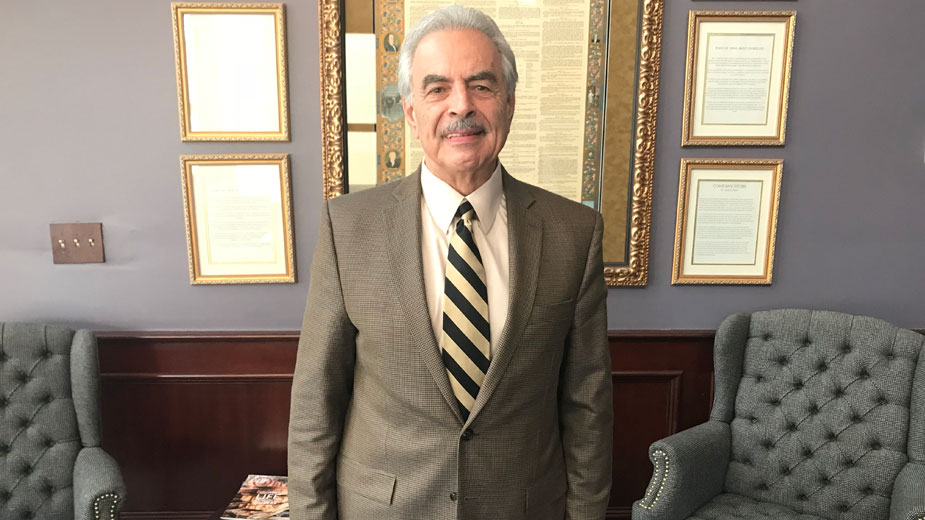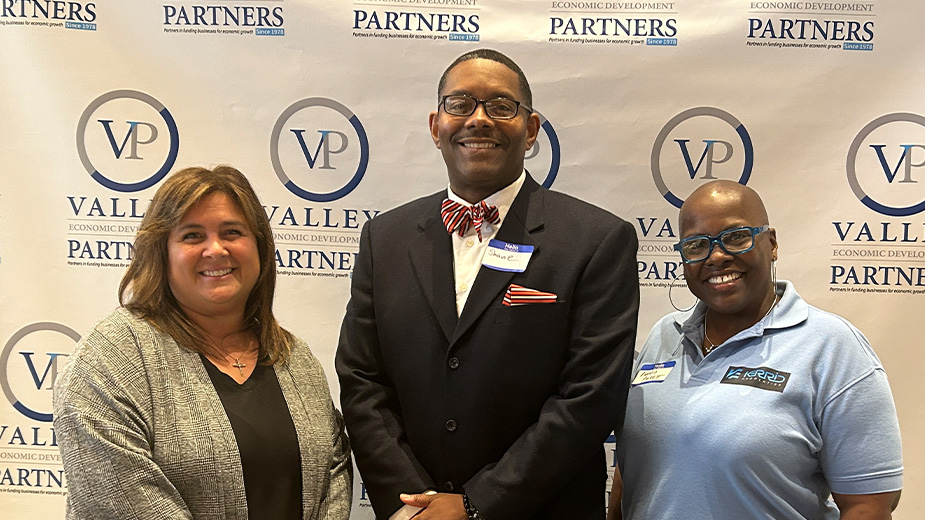Exit Planning in Demand as Boomers Age
YOUNGSTOWN, Ohio – Daniel Rossi caught the entrepreneurial bug 50 years ago when he opened his first company, FEIC Financial, with a goal of helping local business owners with their financial-planning needs.
Seven years ago, he again decided to step out on his own and start a second company to expand on that goal, this time with a mission to bring more jobs to the area.
Over the years, Rossi says he’s seen one thing far too often when a new owner acquires a business.
“Maybe the new buyer comes in and buys it solely for the customer mailing list and then all those jobs that come with the business are lost,” he says. “Our underlying objective is to create employment. So we’re not just selling a service, we’re providing that long-term investment and return to the community for our services as well.”
In 2012, Rossi opened Business Equity Advisors after seeing a need for an exit-planning firm in the Mahoning Valley. The company operates in the same building as FEIC, 147 W. Federal St. in downtown Youngstown.
According to the Who’s the Boss? report by UBS, 48% of business owners lack a formal exit strategy, 75% of owners believe they can sell their business in a year or less and 58% have never had their business appraised.
Exit planning itself is a rather new concept, Rossi says, and its focus is to work with the owner to maximize the value of his enterprise before he sells his business. Rossi completed the final steps to obtain his exit-planning certificate in December, which he describes as similar to earning a master’s degree.
While succession planning often focuses on the transfer of leadership from one generation to the next within the business, Rossi says exit planning addresses issues that are important to the business owner so he can identify strategies that allow him to reach his goals.
The average age of those looking to use an exit plan are baby boomers, or those in their mid-50s to mid-70s, Rossi says.
The most common objective of an owner is “to leave a legacy and have their name on something that’s remembered,” Rossi says. “If that business can run and they can walk away, [they can] see that business running as if they never walked away.”
Most expect to have the same lifestyle or a more expensive one once they leave their businesses, but to achieve this goal, he says owners have to realize that the process can take up to 10 years.
The process is done in two phases. The first phase takes nine months and consists of gathering information about the owner and his business to write the plan, which includes what needs to be done, what the business is worth and what it has to be worth for the owner to receive what he needs to sustain or exceed his standard of living. Rossi likens it to drawing up a blueprint for a house.
“Once the blueprint is finished then you hire the contractors, plumbers and electricians and start construction. All of that takes place after the blueprint,” he says.
The next step, selling the business, can take seven to 10 years. To work through it, Rossi connects his clients with a network of professionals who focus on selling businesses.
“There’s a lot of people in addition to who we have working here on staff that we utilize to actually sell a business,” he says. “Most owners don’t know what a business broker is. They’re not like real estate agents on every corner.”
To help sell a company and get the highest price for his clients, Rossi works to build the company up.
“It’s not just that we’re looking for a buyer in all those years, we’re literally building that company up,” he says. “It’s one thing to say a company is worth $10 million. It’s another thing to be able to prove it to book that value, so when the buyers come in with their lawyers and CPAs, they can look at that and say it’s justified and they’re not going to beat the guy down over the price.”
Rossi helps build the value of a company by fixing or adding machinery that the business is missing and connecting business owners with more workers.
“If they have 20 employees when we walk in, we’re probably going to walk out doubling their employees,” he says.
Because the service is fairly new, Rossi says Business Equity Advisors hasn’t yet completed the full process with any of its clients. Ultimately an owner will “have enough money in their pocket to walk away from that business and live their life,” he says.
The company employs 10 to 15, although the number fluctuates because of its internship program with Youngstown State University, says Rebekah Beach, operations manager.
The program started a couple years ago and allows Business Equity Advisors to bring on up to three students per semester.
“He wants to be a big job provider,” Beach says of Rossi. “One of the things he would like to do is take our interns on, train them and if it goes really well we’d like to keep them on.”
The firm was able to bring on its first intern as a full-time employee last year.
The company is nowhere close to being finished growing either. Rossi would like Business Equity Advisors to be able to complete the entire exit-planning process in-house, without using outside sources to help sell a business.
“He would like to have 85 employees for this building,” Beach says.
Its offices downtown are undergoing renovations to make room for more employees. Both FEIC and Business Equity Advisors are on the first floor of the building, but after the renovations, Business Equity will move to the second story.
“Even though it’s the same owner, it’s two separate businesses,” Beach says. “So we’d like to keep those separate from each other.”
“We haven’t completed our growth, because we have ways to go,” Rossi adds. “What’s driving our growth is the aggressiveness we have taken and will continue to take to the market of business owners. We want to create jobs.”
Pictured: Exit planning can be a decade-long process, says Daniel Rossi, founder of Business Equity Advisors.
Copyright 2024 The Business Journal, Youngstown, Ohio.



